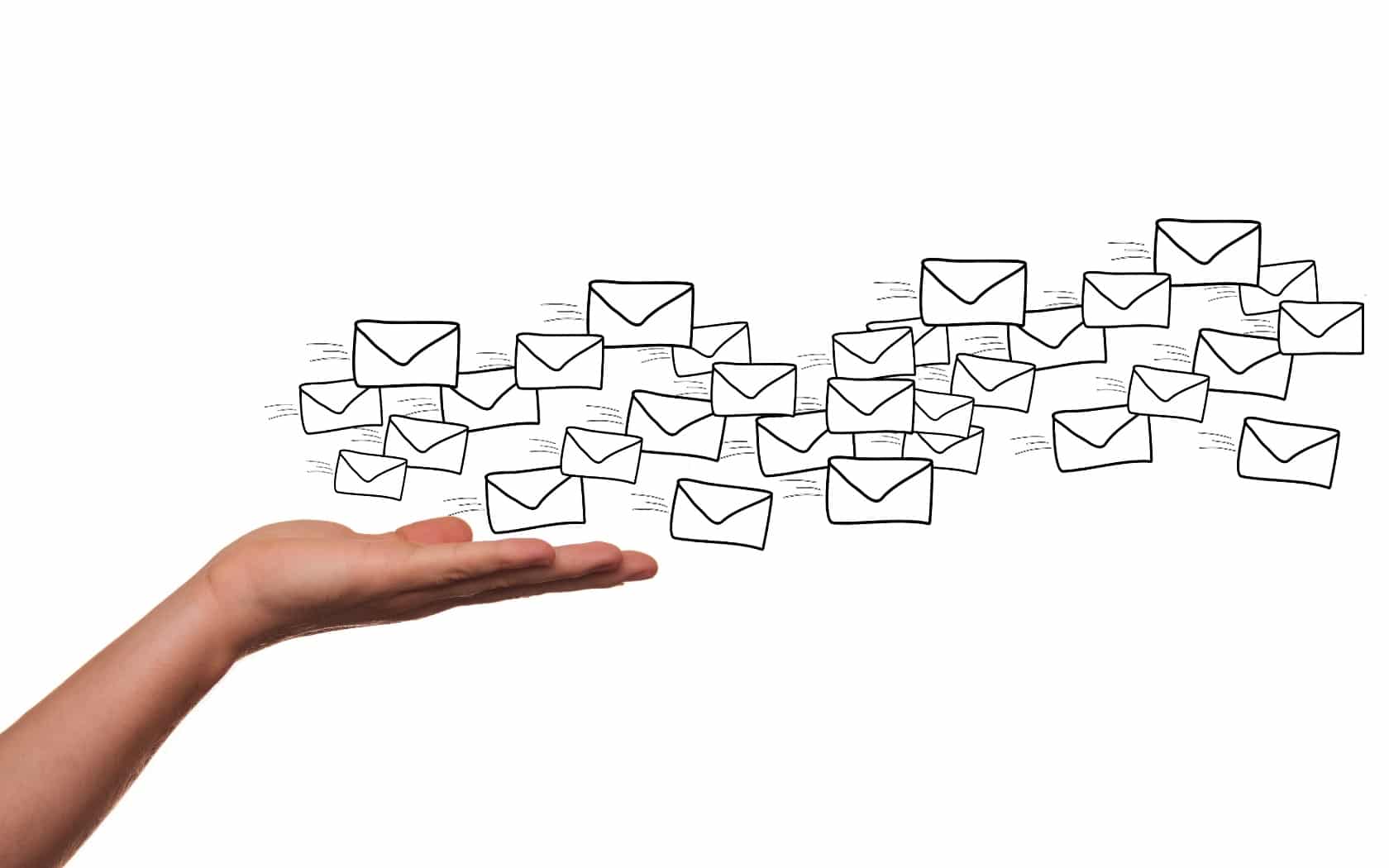Navigating the art of email communication can sometimes feel like traversing a labyrinth without a map. Among the varied types of emails we encounter in our professional lives, introduction emails have a special significance. They act as gateways to new relationships and opportunities, and knowing how to respond to them appropriately can play a crucial role in how these relationships develop.
With the potential of creating lasting first impressions, the ability to know how to respond to an introduction email properly becomes an invaluable skill in our professional toolkit. Whether it’s a business introduction, networking opportunity, or a potential job or internship introduction, the key lies in understanding the context, audience, and the objective of the interaction.
This comprehensive guide provides a detailed walkthrough on how to respond to different types of introduction emails and further offers insights into crafting compelling introductions and conclusions.

1. Business Introduction Email
How to Respond: The focus here is to maintain a professional tone, express genuine interest in collaborating and share relevant information about your role. Here’s a further breakdown of each element:
- Acknowledgment: Start your email by thanking the person who introduced you. This not only shows your appreciation but also sets a positive tone for the conversation.
Example: “Thank you, [Introducer’s Name], for making this introduction. I appreciate your effort in facilitating this new connection.” - Express your interest: Next, let the recipient know that you’re excited about this new connection and opportunity. This indicates your eagerness to work together and can help build a positive relationship.
Example: “I’m really looking forward to learning more about your work in [Their Field] and exploring potential areas of collaboration.” - Share your role and responsibilities: Briefly provide some details about what you do. This allows the recipient to understand your background better and identify areas of overlap.
Example: “I am currently working as a [Your Position] at [Your Company], where I focus on [Brief Description of Your Work].” - Plan the next step: Suggest a meeting, call, or another form of further communication to show your dedication and interest.
Example: “I would love to arrange a meeting next week, at a time that’s convenient for you, so we can discuss our potential collaboration in more detail.” - Sign off: Lastly, close your email with a professional, friendly sign-off.
Example: “Best Regards, [Your Name]”
2. Networking Introduction Email
When you’re introduced to someone within your industry for networking purposes, the tone can be a bit more relaxed but still maintains a level of respect and professionalism.
- Acknowledgment: Similar to the business introduction email, start by thanking the introducer.
Example: “Hi [Their Name], it’s a pleasure to meet you. Thanks to [Introducer’s Name] for bringing us together.” - Introduce yourself: Share some details about yourself, such as your current role, interests, or why you’re keen to connect.
Example: “I’ve been working in [Your Field] for [Number of Years] and am always excited to connect with fellow professionals who share my passion for [Specific Interest].” - Express mutual interest: Find common ground with the recipient. This can be a shared interest, or you could mention something you admire about their work.
Example: “I’ve been following your work at [Their Company] and have been particularly impressed by [Specific Detail].” - Suggest a meeting or call: Propose a casual meeting or call where you can get to know each other better.
Example: “I’d love to grab a coffee or arrange a call with you sometime soon to discuss [A Specific Topic of Mutual Interest].” - Sign off professionally: End on a positive note, using a slightly less formal but still professional sign-off.
Example: “Looking forward to connecting soon, [Your Name]”

3. Job or Internship Introduction Email
When introduced to a potential employer or mentor, your response should be focused, enthusiastic, and professional.
- Thank the introducer: Start by expressing your gratitude for the introduction. Example: “I’m very grateful to [Introducer’s Name] for facilitating this introduction.”
- Introduce yourself briefly: Share some information about your current role and achievements.
Example: “I’ve been working as a [Your Position] for the past [Number of Years], where I have achieved [Specific Achievements].” - Express enthusiasm: Show that you’re excited about the potential opportunity.
Example: “I’m very interested in the opportunity at [Their Company] and am eager to explore how my skills and experience can contribute to your team.” - Demonstrate knowledge and interest: Show that you’re familiar with the company and the role.
Example: “Having researched [Their Company], I’m particularly impressed by [Specific Detail About the Company].” - Suggest next steps: Mention your interest in further discussions and suggest the next steps.
Example: “I’m keen to continue this conversation and discuss the potential fit in more detail. Would you be available for a meeting next week?” - Professional sign-off: Conclude your email on a professional note.
Example: “Thank you for considering me for this opportunity. Best Regards, [Your Name]”
Conclusion
Mastering the art of email communication is not an overnight process, but understanding the nuances of responding to introduction emails can be a significant step towards it. As we’ve seen, the approach may vary based on the context – a business introduction might require a formal tone and explicit next steps, while a networking email might allow for a more relaxed tone and an emphasis on shared interests.
However, what remains consistent is the need to express gratitude, show genuine interest, and propose clear next steps. We’ve also underlined the importance of powerful introductions and conclusions, the bookends that capture attention and leave a lasting impression. As with any other skill, practice is crucial.
The more you practice, the better you’ll become at reading the room (or rather, the email), understanding the dynamics at play, and responding in a manner that is professional, respectful, and engaging. Use this guide as a starting point and remember, every email is an opportunity to learn, grow, and build meaningful professional relationships.


















